Hwasun Dolmen Site [UNESCO World Heritage] (화순 고인돌군 유적 [유네스코 세계문화유산])
17.1 Km 21624 2020-06-04
Goindol 1-ro, Hwasun-gun, Jeollanam-do
+82-61-379-3178
The Hwasun Dolmen Site is located near the waterfalls of the mountain pass linking Dogok-myeon of Hyosan-ri and Chunnyang-myeon of Daesin-ri. According to experts, 135 of the 980 stones in Dogok-myeon Hyosan-ri are dolmen. There are also about 100 damaged stone tables that still maintain their original form.
What makes the Hwasun dolmens special is that in such a small district there are as many as 596 dolmen, including Korea’s biggest stone table.
Acknowledging the importance of the cultural assets, the Hwasun Dolmen Site was registered as World Heritage No. 997 in year 2000 along with Gochang and Ganghwa Dolmens.
YangDongHo Traditional House (Hanok 152) [Korea Quality] / 양참사댁(양동호 가옥 / 한옥152) [한국관광 품질인증]
17.3 Km 173 2020-12-10
24, Darasil-gil, Hwasun-gun, Jeollanam-do
+82-10-9646-5087
Yangchamsadaek (Yangdongho’s former name) or National Cultural Property No. 152 is a traditional hanok accommodation. Dalasil Village, Hwasun, Jeollanam-do, where the house is located, is a town with traditional houses and fields, where interestingly those who have the surname of Jeju Yang live together.
Yangchamsadaek is a typical noble's house in the southern region with the ㄷ-shaped main building and the ㅡ-shaped detached building form the ㅁ shale. It is expected that the main building was built in the 18th century and the detached building at the end of 19th century. In 2013, the current owner has taken over the antique house and started running a hanok stay, and his daughter, Jo A-ae, a curator and culture planner, added modern touches to turn it into a culture complex, Hanok 152. The wide lawn is sometimes rented for music performance, traditional wedding, or outdoor wedding, and other times it serves as a venue of one-day classes for hanbok experience, Korean food experience, etc.
As for rooms, there are four options: big room and small room in Anchae (main building), and Daecheong room and bed room in Sarangchae (detached building). The rooms are decorated with traditional cabinets and folding screens with embroidery, displaying the beauty of an antique house. The main floor, which is much bigger than that of other houses, has been renovated by the owner. The main floor in the main building, with a comfortable sofa and a rug, is modern and luxurious, whereas the main floor in the detached building is cozy with a floor table and Korean cushions. Toiletries are not available in the bathroom but provided upon request to the information desk. Space rental is also available. Various events such as traditional wedding, small wedding, first birthday celebration, 70th birthday celebration, small workshop, or one-day class can be held here. Moreover, traditional hanbok experience is always available at 15,000 won per person. Korean food experience is notified on Instagram and requires reservation. As the cost varies depending on the number of participants and the date, make sure to inquire over the phone.
Also located in the village are Hanjae House (National Cultural Property No. 154) and World Heritage Hwasun Dolmen Site. Note that the Unjusa Temple, famous for the Cheonbulcheontap Pagoda, is a 15-minute drive away.
Naju Pear Museum (나주배박물관)
17.6 Km 12648 2021-08-13
5838, Yeongsan-ro, Naju-si, Jeollanam-do
+82-61-339-2590
Known as the birthplace of Korean pears, Naju pears are well-known for its long history. The fruit was exported worldwide starting in 1967. The Naju Pear Museum promotes the fruit and is a learning center for its agricultural history. The museum opened on April 20, 1992 and is the world's only pear museum.
Maru-o [Korea Quality] / 마루오(MARU-O) [한국관광 품질인증]
17.7 Km 212 2024-06-26
5-8 , Baemet 3-gil, Naju-si, Jeollanam-do
+82-61-331-0700
The Maru O Hotel is a business hotel in the heart of Naju Innovation City, Jeollanam-do, that has good facilities and is popular with both business travellers and tourists. The underground parking lot has an electric vehicle charging station, and both mobile phone chargers and tourist information for Naju and Jeonam is available at the front desk. Right in front of the hotel is Bitgaram Lake Park where visitors can take a pleasant walk. Naju KTX station and the Intercity Bus Terminal are 15 minutes away by car, and Naju’s Yeongsanpo Hongeo Street and Gomtang Street (famous for its restaurants!) are also nearby.
Sane Flower ((주)산에는 꽃이피네)
17.7 Km 7470 2024-08-05
20-1 , Dongnyeok-gil, Naju-si, Jeollanam-do
+82-10-4612-4232
Mountain Flowers Bloom in Dorae Hanok Village, Naju-si, Jeollanam-do, is a 100 year-old house built in the traditional way using local timber and no nails. Guestrooms are well insulated and equipped with bathroom and kitchen. Interiors are lined with Korean paper and are old-time and cozy. There’s a wooden veranda from which visitors can see the fine old maple tree in the yard. Among other local attractions, Naju’s Redwood Road is nearby, offering guests a peaceful walk in the woods; some weekends, the owner offers neighbourhood guided tours.
Doraemi House (도래미)
17.7 Km 4413 2024-08-05
18-26 , Dongnyeok-gil, Naju-si, Jeollanam-do
+82-61-336-3646, +82-10-6604-6621
Doraemi House in Dorae Village, Naju, Jeollanam-do, is a hanok stay with a bonchae (‘main house’), a sarangchae (men’s house) and a byeolchae (‘reception room’). The bonchae has two bedrooms with a hidden attic space. The sarangchae has a living room with bedrooms on either side; while the byeolchae, atop a low hilll, has a single cozy room. A walk along a forest road takes you to a pavilion by a pond. Next to the bonchae is a quiet and tranquil reading room.
Wolbongseowon Confucian Academy (월봉서원)
18.4 Km 4310 2021-07-06
133, Gwanggok-gil, Gwangsan-gu, Gwangju
+82-62-960-8253
Wolbongseowon Confucian Academy, built in 1578, was established by Kim Gyehwi and other confucian scholars to honor Ki Daeseung's study and virtue through Mangcheonsa Shrine. The location of the academy was moved to its current site in 1646, and the name Wolbong was given by King Hyojong in 1654. In 1671, Bak Sang and Bak Sun's shrines were moved from Deoksansa Shrine by the suggestion of Song Siyeol. Also, Kim Jangsaeng and Kim Jip's shrines were additionally placed in 1673. Unfortunately, the confucian academy was abolished due to the abolition policy of Daewongun in 1868. Later, Bingwoldang Hall was built by Jeollanam-do's Confucian scholars in 1938, followed by Gojiksa Shrine in 1972, Jangpangak Pavilion and Oesammun Gate in 1978, Sau in 1980 and Naesammun Gate in 1981. Bingwoldang is designated as Gwangju Monument No. 9 and woodblocks of Gobongjip are preserved in Jangpangak Pavilion.
Korea Bamboo Museum (한국대나무박물관)
19.6 Km 25180 2021-07-19
35, Jukhyangmunhwa-ro, Damyang-gun, Jeollanam-do
+82-61-380-2901
The Korean Bamboo Museum is a comprehensive complex that preserves, exhibits, produces, and allows people to experience bamboo products. First opened in 1981 at Damju-ri, the museum was expanded and relocated to the current location in March 1998. Not only does the museum provide bamboo-related exhibitions, it also provides techniques on making bamboo products as well as holds the Bamboo Festival every May.
Namdo Hanu (남도한우)
19.7 Km 114 2021-03-20
1169, Jukhyang-daero, Damyang-gun, Jeollanam-do
+82-61-383-2211
It sells only Korean beef as a selected model restaurant. This restaurant's signature menu is grilled beef. This Korean dishes is located in Damyang-gun, Jeollanam-do.
House by the Museum (박물관앞집)
19.7 Km 41454 2021-10-20
22, Jukhyangmunhwa-ro, Damyang-gun, Jeollanam-do
+82-61-381-1990
Located on the opposite side of Korea Bamboo Museum, House by the Museum is a uniquely
named restaurant. The main menu includes tteokgalbi (grilled short rib meat patties) which is comprised of minced lean meat, green onion, onion,
bulgogi sauce and sesame oil, which makes the taste tender. As for the nutrition, it has a lot of essential fatty acid from sesame oil that
complements with the beef.
Another signature dish of the restaurant is Daetongbap - rice cooked in a bamboo, made with rice, millet, bean, sorghum, jujube, nuts and others. It features a healthy food with its delicate fragrance. In addition, more than 10 side dishes along with Daetongbap such as Tohajeot (salt-fermented toha shrimp), juksun deulkkae muchim (seasoned vegetables with perilla seeds and bamboo shoot), gejang muchim (marinated crab), beoseot-bokkeum (fried mushroom), mul kimchi, dwaejigogi gochujang bokkeum (stir-fried spicy pork), sangchu ssam (wrapped in lettuce), and others. After a meal, bamboo blade tea of a clean taste is offered as a dessert.
![Hwasun Dolmen Site [UNESCO World Heritage] (화순 고인돌군 유적 [유네스코 세계문화유산])](http://tong.visitkorea.or.kr/cms/resource/03/2515703_image2_1.jpg)
![YangDongHo Traditional House (Hanok 152) [Korea Quality] / 양참사댁(양동호 가옥 / 한옥152) [한국관광 품질인증]](http://tong.visitkorea.or.kr/cms/resource/23/2594823_image2_1.jpg)
![Maru-o [Korea Quality] / 마루오(MARU-O) [한국관광 품질인증]](http://tong.visitkorea.or.kr/cms/resource/14/2593514_image2_1.jpg)
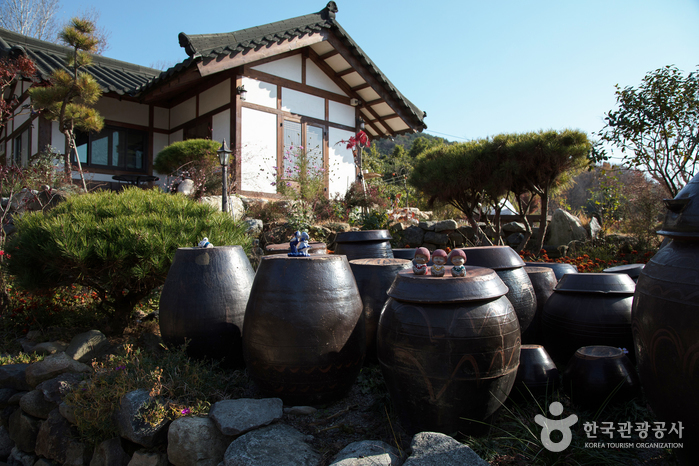
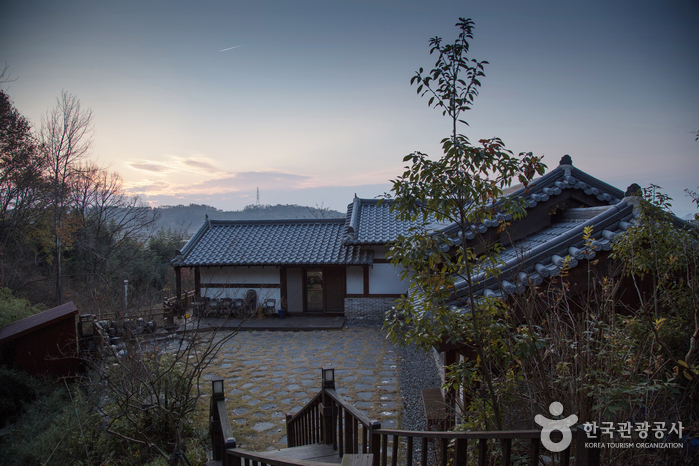
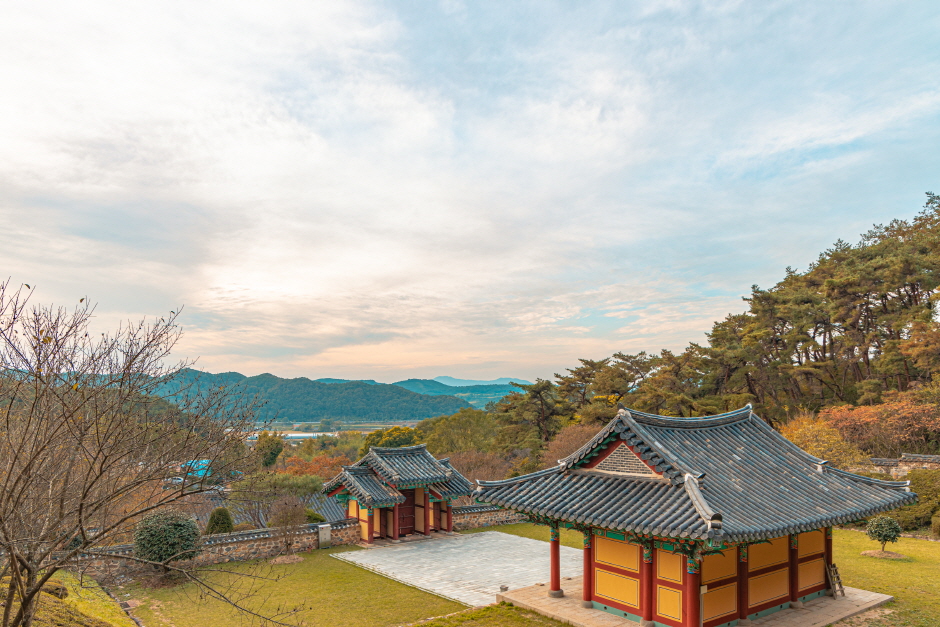
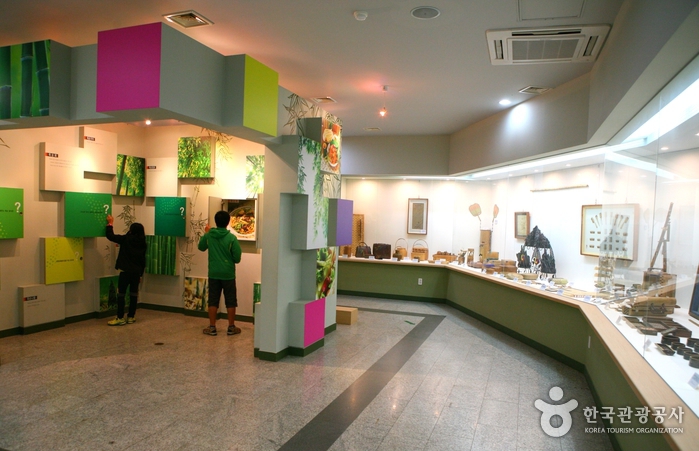
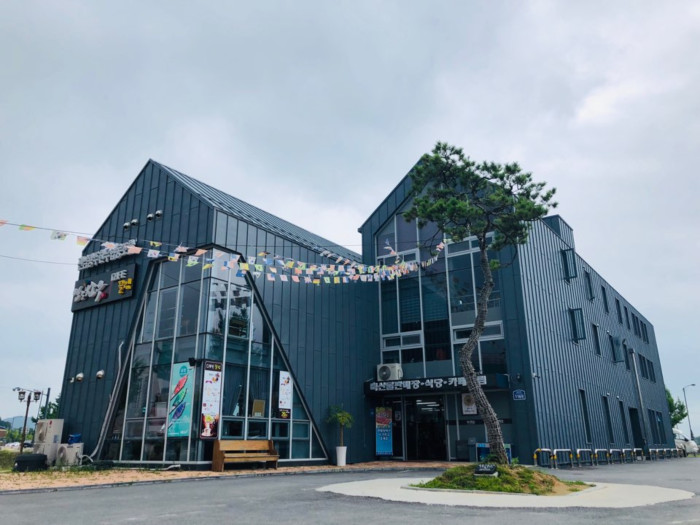
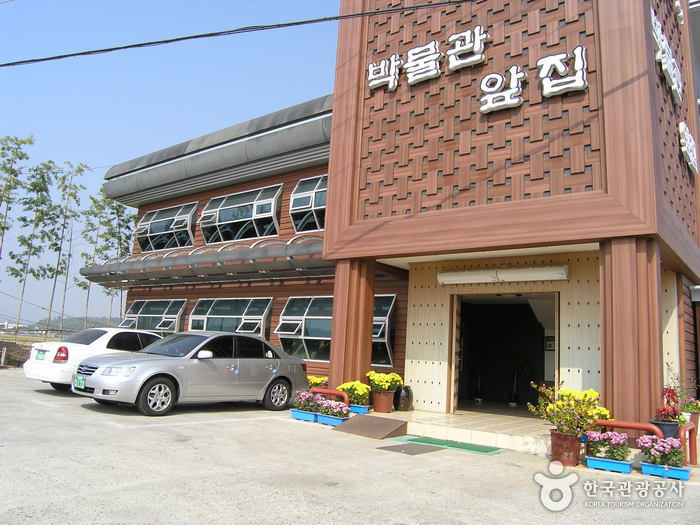
 English
English
 한국어
한국어 日本語
日本語 中文(简体)
中文(简体) Deutsch
Deutsch Français
Français Español
Español Русский
Русский